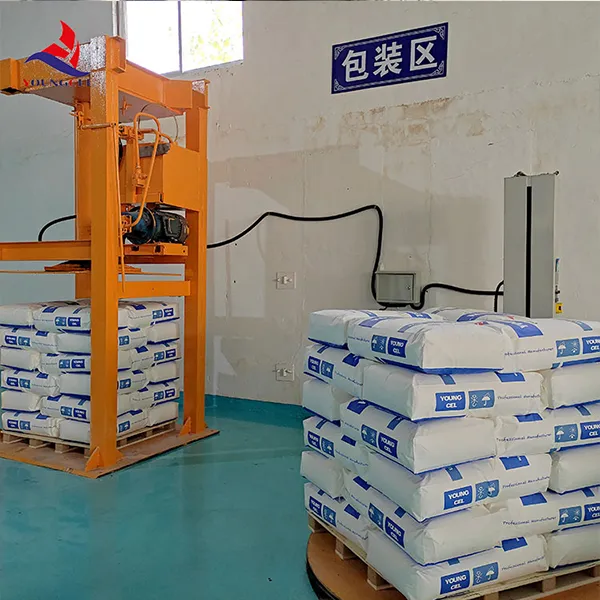The Role of Cellulose Binder in Modern Applications
Cellulose binders are versatile natural polymers that have gained immense popularity across various industries due to their unique properties and sustainable origin. Derived from cellulose, the most abundant organic polymer on Earth, these binders possess several attributes that make them ideal for a wide range of applications, particularly in the fields of pharmaceuticals, food, cosmetics, and construction.
The Role of Cellulose Binder in Modern Applications
In the food industry, cellulose binders serve multiple functions, including acting as thickening agents, stabilizers, and emulsifiers. They improve the texture and mouthfeel of food products while also extending shelf life by preventing the separation of ingredients. For instance, cellulose derivatives such as microcrystalline cellulose are utilized in low-calorie products to mimic the texture of fats, providing a healthier alternative without compromising quality. Moreover, cellulose binders can encapsulate flavors and nutrients, facilitating their controlled release and enhancing the overall sensory experience of food.
cellulose binder

The cosmetic industry also benefits significantly from cellulose binders. These compounds are employed in the formulation of creams, lotions, and gels due to their ability to improve viscosity and stabilize emulsions. By enhancing the consistency of cosmetic products, cellulose binders allow for better application and performance, catering to consumer preferences for luxurious and effective formulations. Additionally, they are used in various personal care products for their film-forming properties, which help to create a protective barrier on the skin or hair, providing moisture retention and long-lasting effects.
In construction, cellulose binders play a vital role in the formulation of eco-friendly building materials. They are used in the production of wood adhesives, plaster, and wall coatings, contributing to the strength and durability of these materials. The renewable nature of cellulose makes it an attractive alternative to synthetic binders, aligning with the industry's increasing focus on sustainability. Moreover, cellulose binders can improve the workability and flow characteristics of construction mixtures, facilitating ease of application and reducing waste.
Despite their numerous advantages, the use of cellulose binders is not without challenges. One significant consideration is the variability in the source of cellulose, which can affect the quality and properties of the binders produced. Therefore, it is essential for manufacturers to ensure quality control and standardization throughout production processes to maintain consistent performance across applications.
In summary, cellulose binders are indispensable in the modern landscape, transcending various industries from pharmaceuticals to construction. Their robust binding capabilities, exceptional compatibility with other materials, and sustainability make them a preferred choice for formulators seeking effective and eco-friendly alternatives. As research continues to explore new derivatives and applications for cellulose binders, it is likely that their significance will only grow, paving the way for innovative solutions that align with the global push for sustainability and efficiency. Thus, cellulose binders not only enhance product performance but also contribute to a more sustainable future across diverse sectors.
-
The Application and Significance of Construction RdpNewsMay.19,2025
-
Industrial Grade HpmcNewsMay.19,2025
-
Building Coating Adhesive Building Coating Adhesive HpmcNewsMay.19,2025
-
Application Of Hpmc For Detergent For Detergent In DetergentsNewsMay.19,2025
-
Application Of Hpmc Cellulose In Cement-Based MaterialsNewsMay.19,2025
-
Application Of High Quality Hpmc For Construction In The Field Of ConstructionNewsMay.19,2025




